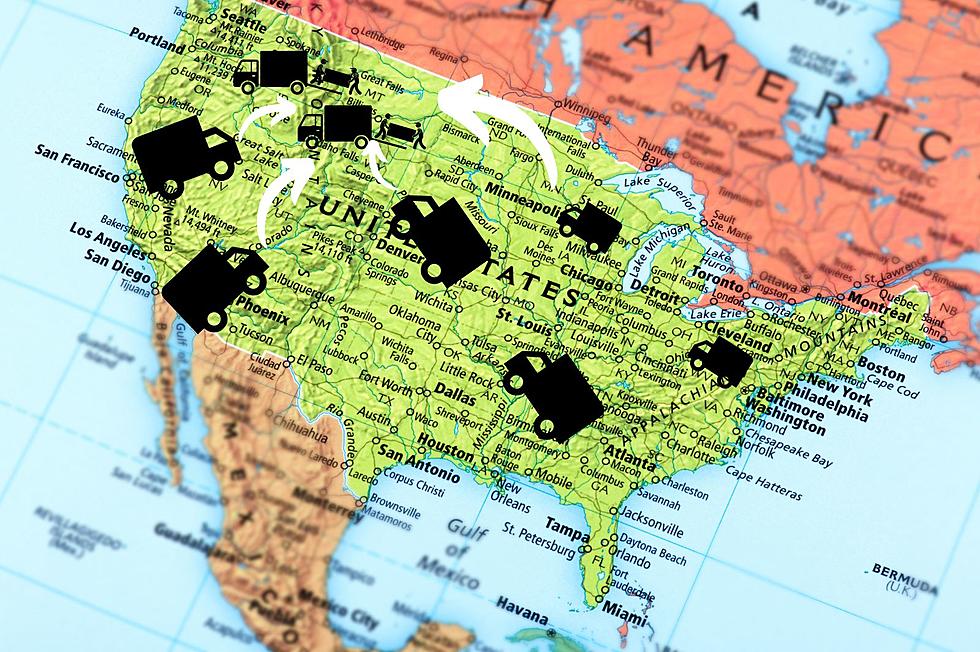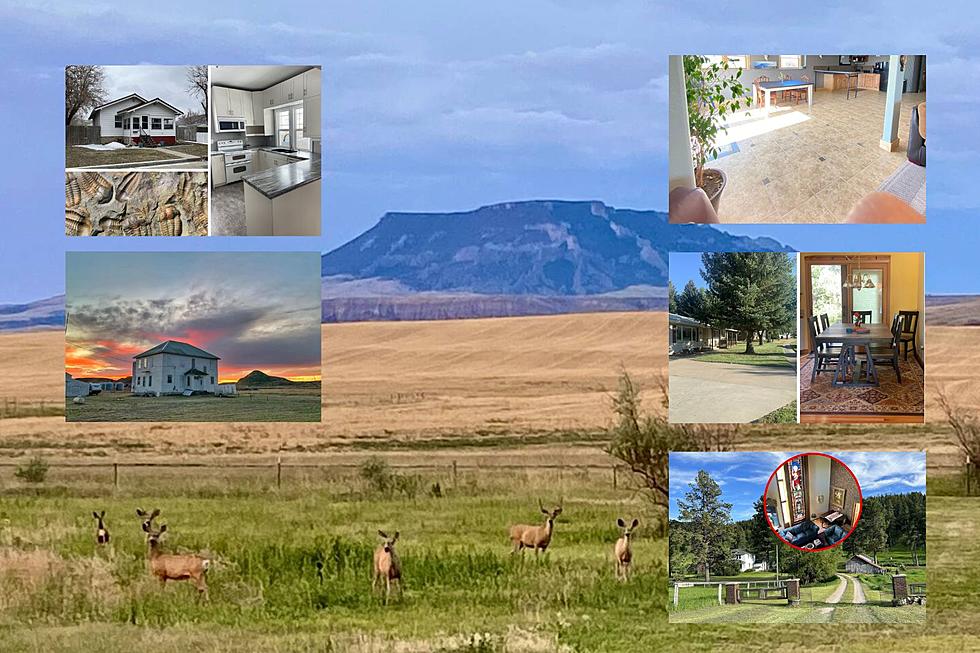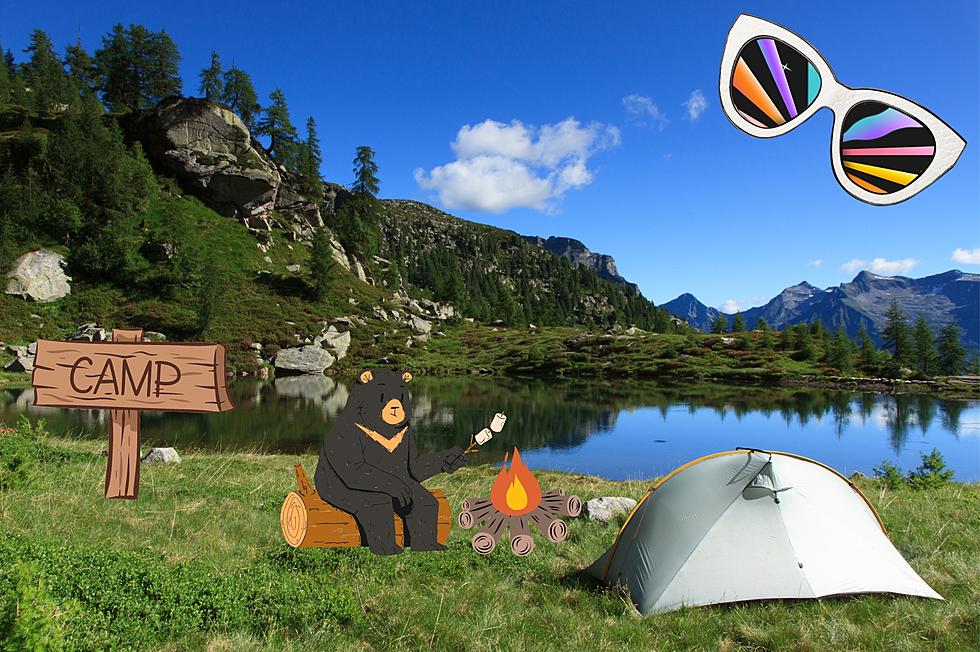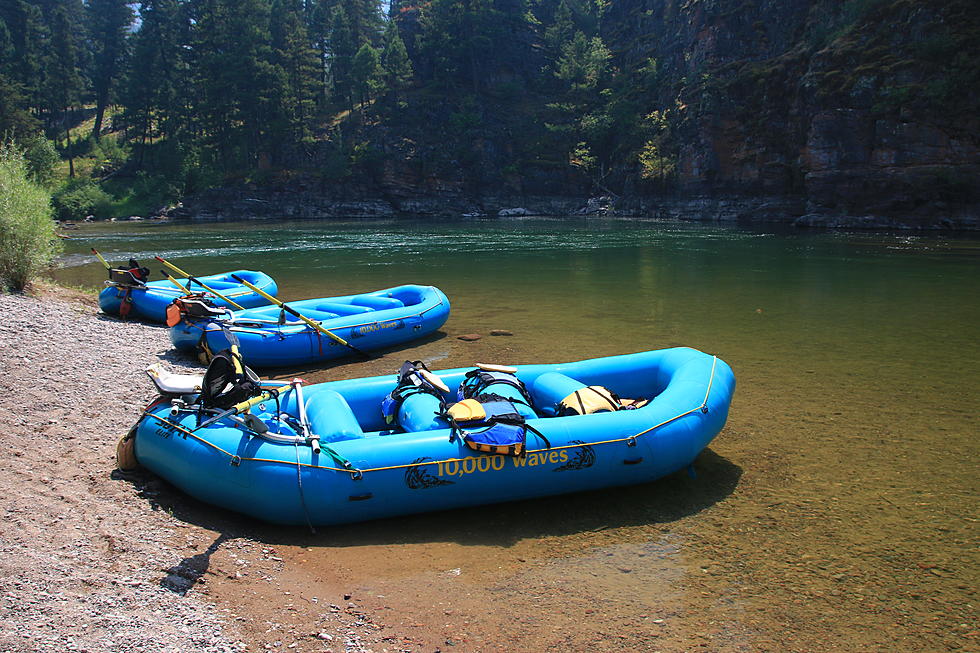
Watch Out For The Most Venomous Snake In Montana.
There are many species of snakes that call Montana home. Some for the most part are harmless and just trying to navigate life like the rest of us, but there are some especially here in north central Montana that one may want to stay away from. These Nope Ropes live in the rocks, plains and holes of out terrain and if disturbed can give you a one-way ticket to the emergency room or even worse...
Doing some research, I wasn't aware that this type of snake is classified as a Pit Viper, because I thought vipers were a thing one finds in places closer to the equator like Australia, India, South America and Africa. Places where you would find the most dangerous of Danger Noodles. I also thought pit vipers were called that on account of the housing they kept, pits.
Not true.

The Prairie Rattlesnake is the only rattlesnake native to Montana one should be defiantly afraid of, or take a great deal of caution while encountering.
This snake according to Montana Fish, Wildlife and parks as well as the MT Department of Agriculture is a venomous or poisonous snake that refers to an animal that can inject a toxin into it's prey.
They are called a pit viper on account of the pit on their face to help with sensing heat.
They have a triangular head and boney tail that rattles when shaken, as well as dark blotches along the body that eventually turn into rings towards the rattle. According to a-z-animals.com prairie rattlers have a top speed of 18 miles per hour, and its striking distance is two-thirds its body length.
So, at an average length of close to thirty inches, this snake has a striking distance of almost two feet.
Usually snakes are more afraid of you then you are of them, try telling that to Indiana Jones.
FWP explains how a snake reacts to danger.
Rattlesnakes primarily respond to threats by remaining
still and moving away. But when escape is not possible
or when handled, rattlesnakes will coil, rattle and strike
if time permits.
In snake country wear snake-resistant clothing, never put your hands in holes and make a lot of noise hiking around. There venom is hemotoxic which means that the venom attacks blood and that can spell disaster for anyone.
With knowledge and caution, both you and kids can understand the importance of snakes within the ecosystem and just leave them be. Everyone including the snakes can have a fun time this summer.
10 Idaho Snakes That Won't Kill You and 2 That Totally Can
Snakes
More From K99









